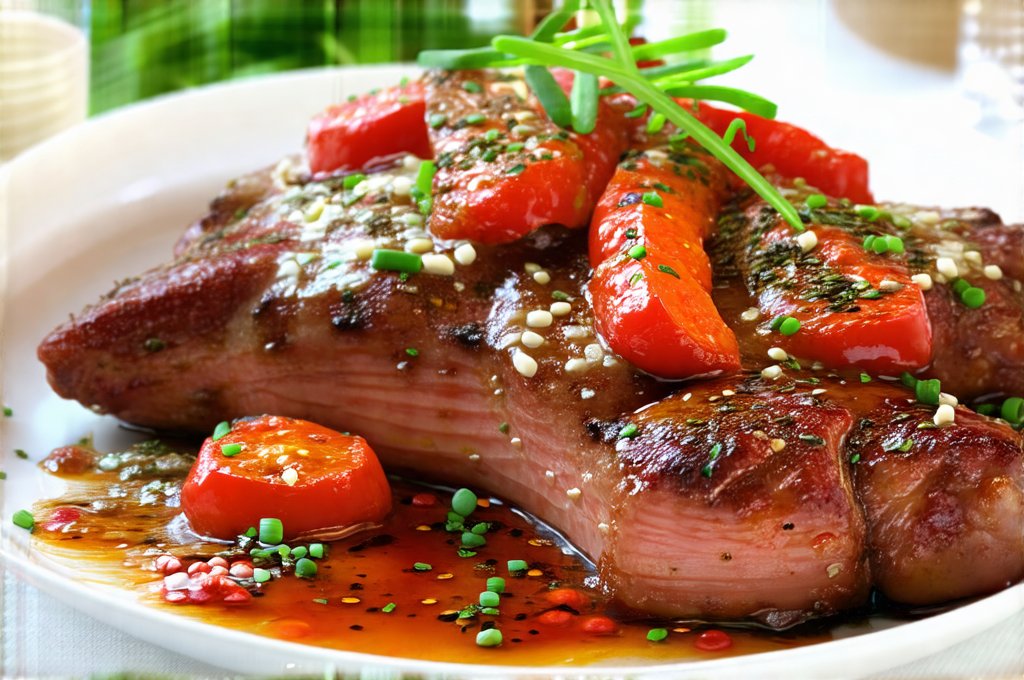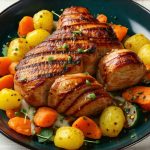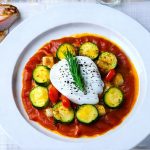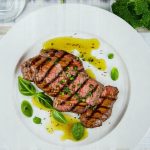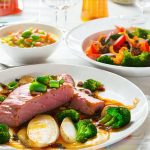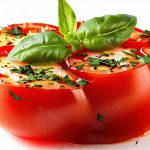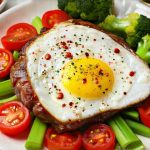Dealing with nighttime acid reflux is frustrating – it can disrupt sleep and leave you feeling uncomfortable. Many people find themselves avoiding certain foods or drastically changing their diets, but often without knowing which changes are most effective. It’s not necessarily about eliminating entire food groups, but rather understanding how different foods interact with your body, particularly when lying down. This article aims to provide practical solutions and delicious recipes that minimize reflux triggers while still offering satisfying dinners. We’ll focus on ingredients known for being gentle on the digestive system and cooking methods that reduce acidity.
The key to managing nighttime reflux isn’t just what you eat, but also when and how. Larger meals are more likely to trigger symptoms, as is eating too close to bedtime. Gravity plays a vital role in keeping stomach acid where it belongs – down! When you lie flat, that protective barrier weakens, increasing the risk of reflux. We’ll explore strategies beyond just recipes; things like portion control and mindful eating can make a significant difference. Ultimately, finding what works best for you is crucial, as triggers vary from person to person. If you suspect your nighttime symptoms may be related to underlying gut issues, consider which tests are best for gut issues that only happen at night.
Understanding Reflux Triggers & Gentle Dining
Acid reflux occurs when stomach acid flows back up into the esophagus. Several factors contribute to this, including diet, lifestyle habits, and even certain medical conditions. Common dietary triggers include fatty foods, spicy foods, citrus fruits, chocolate, caffeine, alcohol, and carbonated beverages. However, it’s important to remember that these are general guidelines; individual sensitivities can differ significantly. Some people find tomatoes problematic, while others tolerate them without issue. Paying attention to your body’s signals is paramount.
Beyond specific foods, the way we eat matters too. Eating quickly or in large quantities puts extra pressure on the lower esophageal sphincter (LES), the muscle that prevents acid from flowing back up. Aim for smaller, more frequent meals throughout the day rather than one or two large ones. Allow at least 2-3 hours between your last meal and bedtime to give your body time to digest food before you lie down. Mindful eating—slowing down, chewing thoroughly, and savoring each bite—can also aid digestion and reduce reflux risk. Planning a dinner menu that prevents nighttime indigestion and acid discomfort can be incredibly helpful.
Finally, consider the cooking methods used in preparing your meals. Fried foods are notorious for triggering reflux due to their high fat content. Steaming, baking, grilling, or poaching are much gentler alternatives. Avoiding excessive oil and butter can also help. Choosing lean protein sources and incorporating fiber-rich vegetables into your diet further supports digestive health.
Recipes for a Reflux-Friendly Evening
Here are seven dinner recipes designed to be gentle on the stomach and minimize reflux triggers. Each recipe prioritizes easily digestible ingredients, avoids common irritants, and uses cooking methods that reduce acidity. Portion sizes are moderate to avoid overfilling the stomach.
1. Baked Salmon with Roasted Asparagus & Sweet Potato: Salmon is a great source of omega-3 fatty acids and lean protein. Roasting asparagus and sweet potato provides essential nutrients without adding excessive fat or spice.
* Ingredients: Salmon fillet, asparagus spears, sweet potato (cubed), olive oil, lemon juice, herbs (dill, parsley).
* Instructions: Season salmon with lemon juice and herbs. Toss asparagus and sweet potato with olive oil. Bake all at 400°F for 20-25 minutes.
2. Chicken & Vegetable Stir-Fry with Brown Rice: Using lean chicken breast and a variety of vegetables provides a balanced and nutritious meal. Opting for brown rice adds fiber, promoting healthy digestion.
* Ingredients: Chicken breast (sliced), broccoli florets, sliced carrots, bell peppers, snow peas, low-sodium soy sauce, ginger, garlic, brown rice.
* Instructions: Stir-fry chicken and vegetables in a wok or large pan with ginger and garlic. Serve over brown rice. Use minimal oil. Consider these stir-fry combinations that won’t cause bloating for more inspiration.
3. Turkey Meatloaf with Mashed Cauliflower: A lighter take on traditional meatloaf using lean ground turkey. Substituting mashed cauliflower for potatoes reduces carbohydrate content and offers added nutrients.
* Ingredients: Ground turkey, breadcrumbs (whole wheat), egg, onion (chopped), herbs (Italian seasoning), tomato paste (small amount), cauliflower (steamed & mashed).
* Instructions: Combine ingredients for meatloaf and bake at 350°F for 45-60 minutes. Serve with mashed cauliflower.
4. Lentil Soup: Lentils are a fantastic source of fiber and protein, making this soup both filling and digestive-friendly. Avoid adding spicy seasonings or acidic tomatoes.
* Ingredients: Brown or green lentils, vegetable broth, carrots, celery, onion, herbs (thyme, bay leaf).
* Instructions: Simmer lentils with vegetables and herbs in vegetable broth until tender.
5. Shrimp Scampi with Zucchini Noodles: A light and flavorful dish using zucchini noodles instead of traditional pasta. This reduces carbohydrate intake and is easier on the digestive system.
* Ingredients: Shrimp, zucchini (spiralized), garlic, olive oil, lemon juice, parsley.
* Instructions: Sauté shrimp with garlic in olive oil. Add zucchini noodles and cook until tender-crisp. Finish with lemon juice and parsley.
6. Baked Cod with Green Beans & Quinoa: Similar to the salmon recipe, cod is a lean protein source that’s easy to digest. Green beans provide fiber and essential vitamins.
* Ingredients: Cod fillet, green beans, quinoa, olive oil, herbs (dill, parsley).
* Instructions: Season cod with herbs. Steam or roast green beans. Cook quinoa according to package directions.
7. Chicken Soup with Noodles: A classic comfort food that can be made reflux-friendly by using low-sodium broth and whole wheat noodles. Avoid adding spicy seasonings.
* Ingredients: Chicken breast, chicken broth (low sodium), carrots, celery, onion, egg noodles (whole wheat).
* Instructions: Simmer chicken in broth with vegetables until tender. Add noodles and cook until done.
Optimizing Your Meal Timing
As mentioned earlier, when you eat is almost as important as what you eat. Here’s a more detailed look at meal timing strategies for minimizing reflux.
– Avoid large meals: Opt for smaller, more frequent meals throughout the day. This reduces pressure on the LES and allows your stomach to empty more efficiently.
– Don’t eat right before bed: Allow at least 2-3 hours between your last meal and bedtime. This gives your body time to digest food before you lie down.
– Elevate your head while sleeping: Using pillows or an adjustable bed to elevate the upper body can help prevent stomach acid from flowing back up into the esophagus. Aim for a 6-8 inch elevation.
– Stay upright after eating: Avoid lying down immediately after a meal. Remaining upright helps gravity keep stomach acid where it belongs. For more ideas, try these light dinner templates that won’t trigger bloating.
The Role of Hydration & Fiber
Staying adequately hydrated is crucial for digestive health and can help prevent reflux. Water aids in the breakdown of food and promotes regular bowel movements, reducing pressure on the LES. However, avoid drinking large amounts of water during meals, as this can dilute stomach acid and potentially worsen symptoms. Sip water between meals instead.
– Drink plenty of water throughout the day: Aim for at least 8 glasses (64 ounces) of water daily.
– Avoid carbonated beverages: Carbonation can increase pressure in the stomach, leading to reflux.
Fiber plays a vital role in digestive health and can help regulate bowel movements. It adds bulk to stool, preventing constipation, which can exacerbate reflux symptoms. Incorporating fiber-rich foods into your diet, such as whole grains, fruits, vegetables, and legumes, is essential. However, introduce fiber gradually to avoid bloating or gas, which could also trigger discomfort.
Identifying Your Personal Triggers
While the recipes above are designed to be generally reflux-friendly, everyone’s body reacts differently. Keeping a food diary can help you identify your personal triggers.
– Track what you eat: Record everything you consume, including meals, snacks, and beverages.
– Note any symptoms: Log any reflux symptoms you experience, such as heartburn, regurgitation, or bloating, along with the time they occur.
– Look for patterns: Over time, you may notice correlations between specific foods or eating habits and your symptoms. This will help you tailor your diet to minimize triggers. If you’re concerned about nighttime reflux, these easy-to-digest dinner ideas won’t disturb your sleep. Don’t hesitate to consult a healthcare professional if your reflux persists or is severe; there may be underlying medical reasons that require attention. It’s important to understand does eating late at night cause acid reflux?. And remember, these hydrating fruit recipes won’t bloat the belly!

